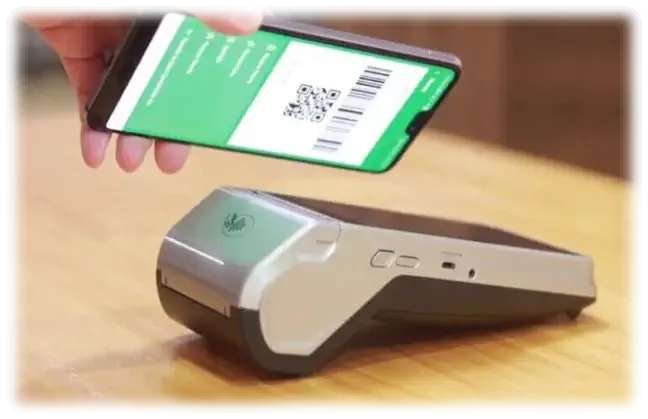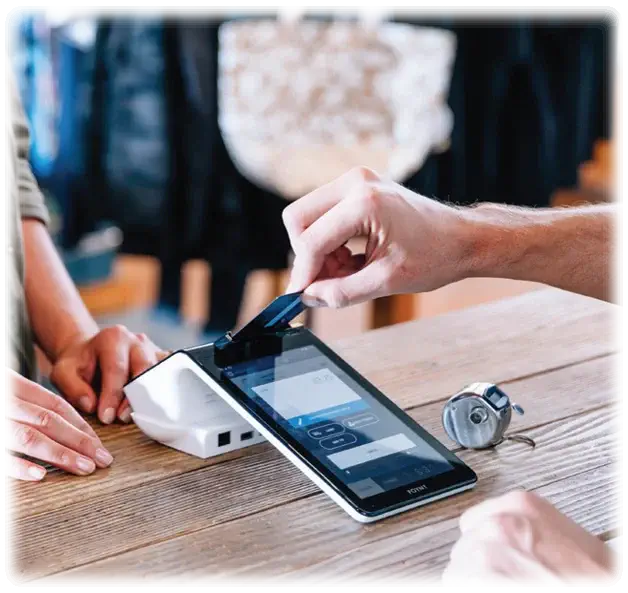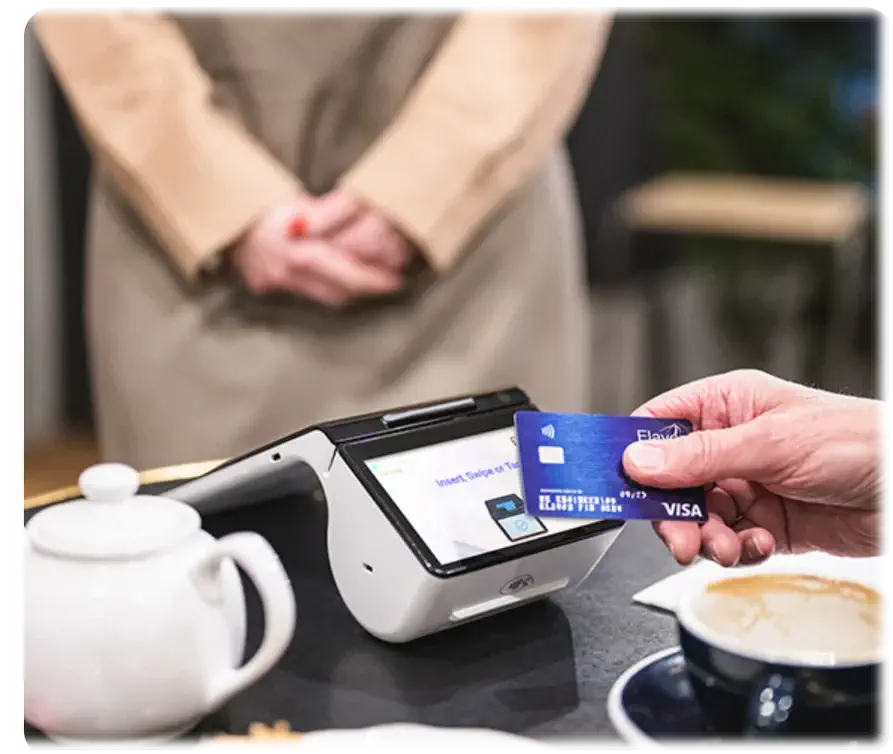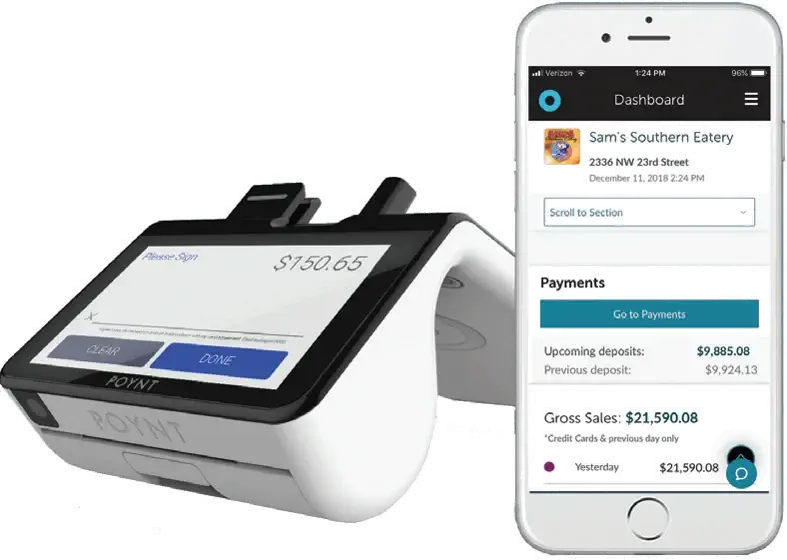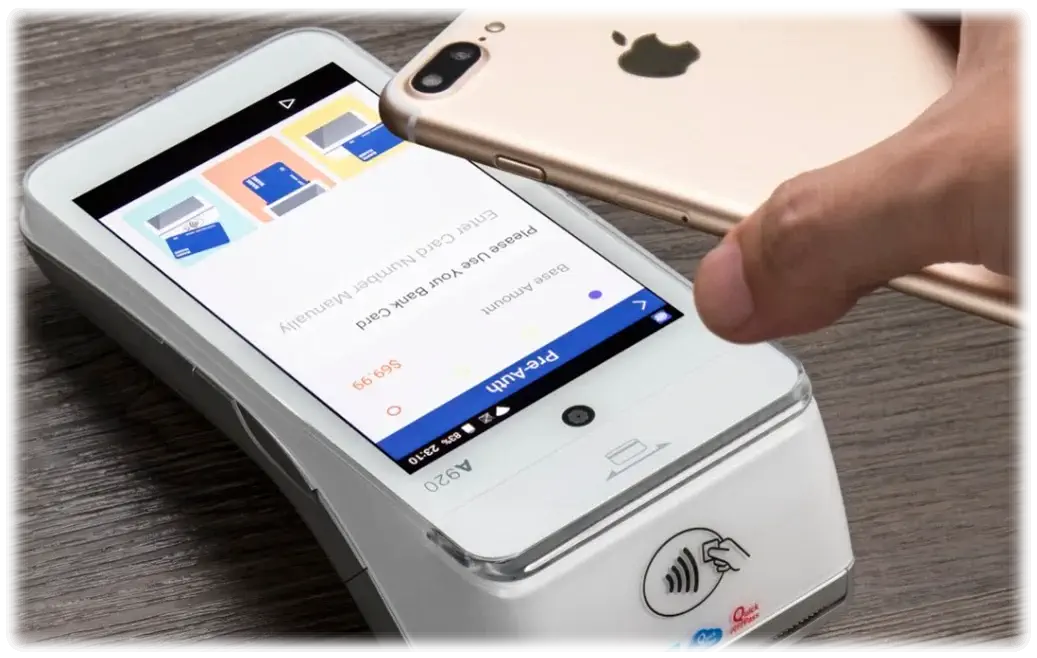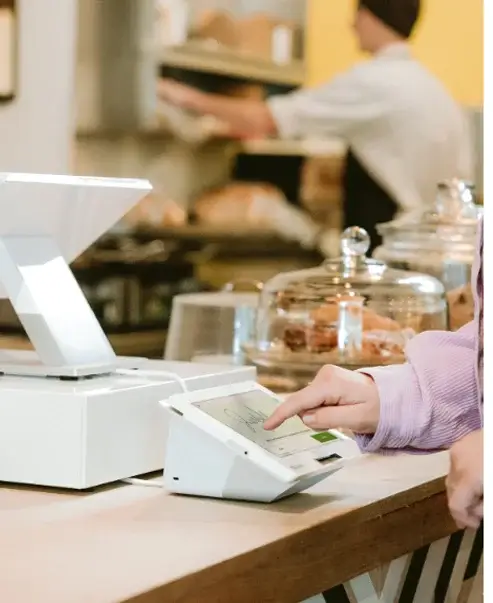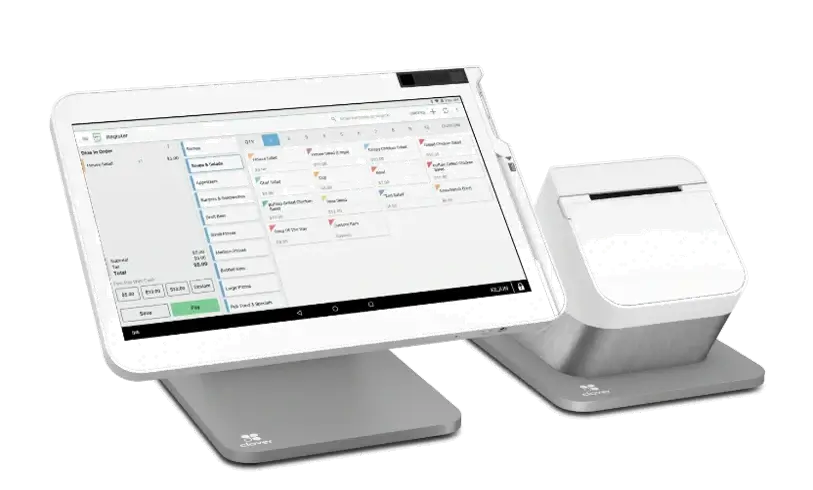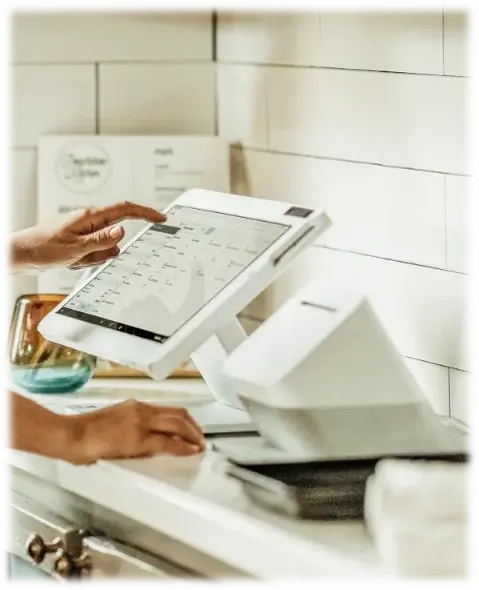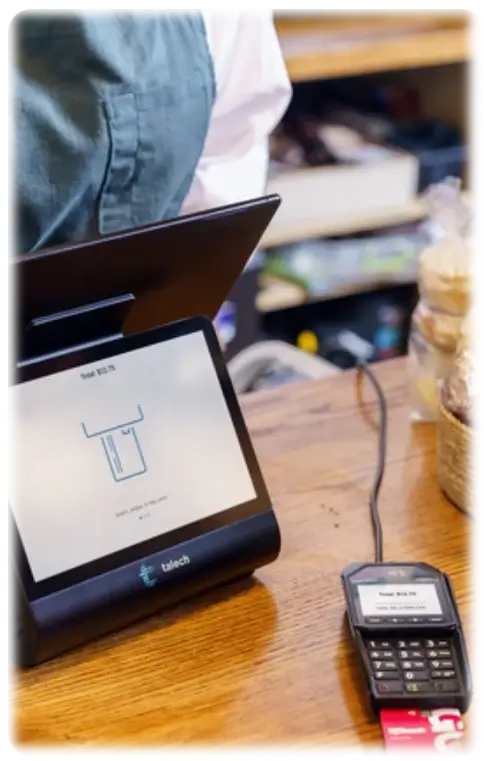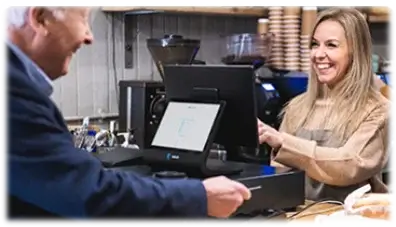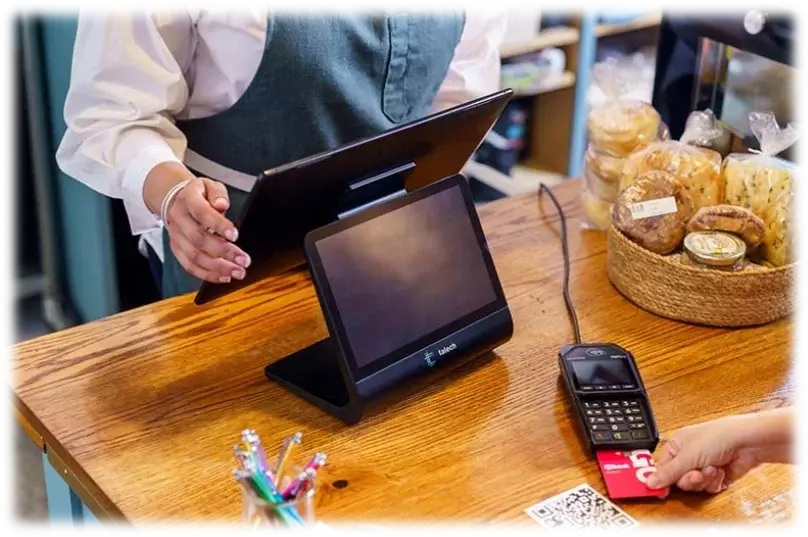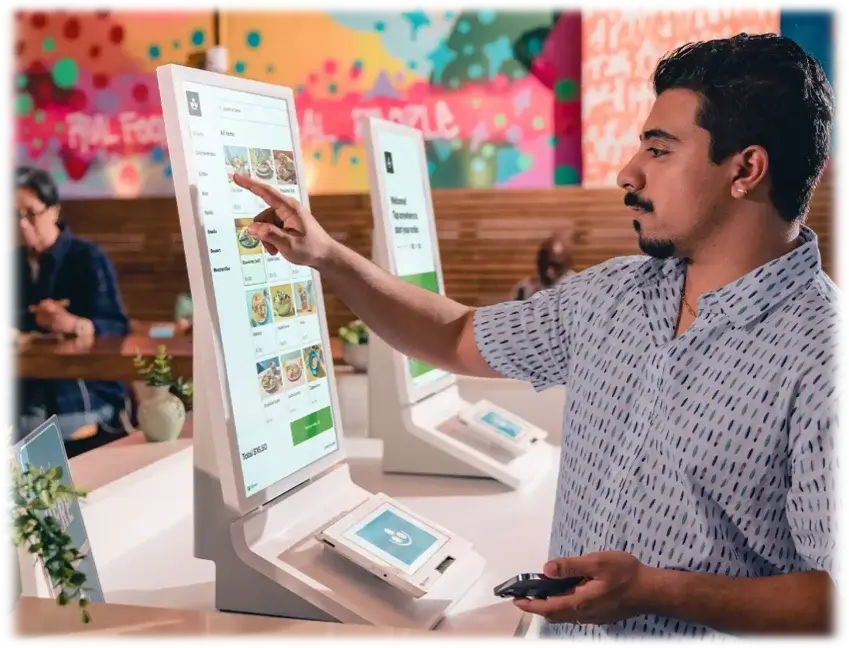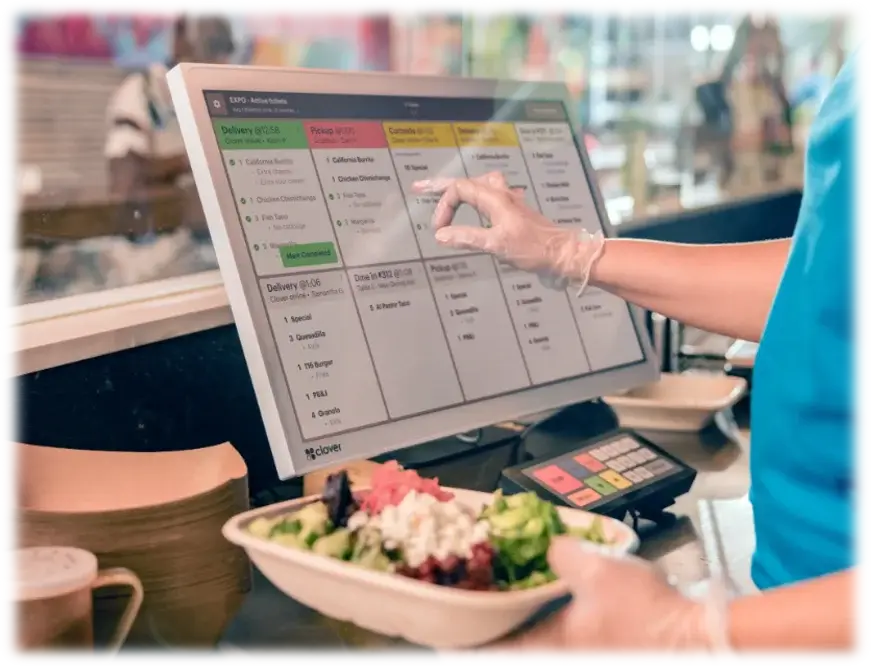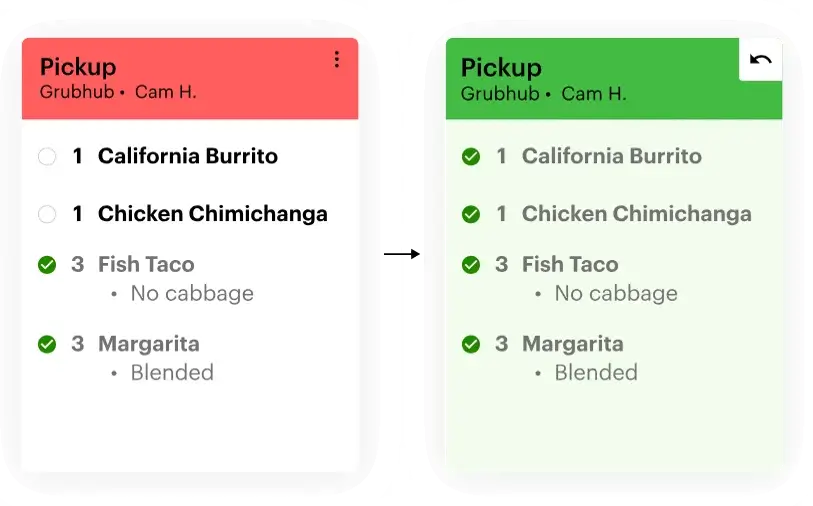A Compelling Look At What A Virtual Terminal? Definition, Benefits, And Risks

Imagine a world in which accepting payments without clunky hardware or complicated infrastructure is not only a dream but also a reality. That's precisely what a virtual terminal does: it makes accepting payments easy, with a streamlined approach to accepting payments anywhere, at any time. Whether you own an online business, a physical store, or a side hustle, understanding what a virtual terminal is and how your business can utilize it is crucial in 2025. Let's dive into the details of this revolutionary payment technology.
What Is A Virtual Terminal? Complete Definition And How It Works
A virtual terminal is a web-based application that acts as a credit card payment processor without the need for physical card readers or traditional POS hardware. Think of it as a full-screen terminal accessible via your internet browser, whether on a desktop, laptop, or even a mobile device.
How does it work? Easy. You log into your virtual terminal from the web, enter the customer's payment information—credit card number, expiration date, and CVV—and process the transaction in real-time. It's as if you had a full-credit card terminal in your browser, available to remote credit card processing for merchants worldwide.
Virtual terminals are based on web-based software, so you don't have to bother with compatibility issues with Linux, Windows, or Mac, as long as you can access the internet. It's a perfect virtual terminal solution for taking payments by phone, mail, or in person, particularly when it's not possible to process physically.
Some of the widely used options include Square Virtual Terminal, PayPal Virtual Terminal, and OmniFlex from Worldpay—each has varying features tailored to different business requirements.
Why Do Companies Require A Virtual Terminal Payment Gateway?
Companies in today's fast-paced world yearn for flexible, trustworthy, and secure payment methods. That is where virtual terminal payment gateway solutions come into play. They act as the conduit between your company and your customers' credit card information, facilitating convenient virtual credit card payment processing.
But why select a virtual terminal in the USA? It accepts various forms of payment, including payments by telephone, mail, or computer. Additionally, it's ideal for off-site credit card processing, which has become mandatory due to recent global changes.
The most effective virtual terminals for payment card processing provide functionalities such as multi-user login, compatibility with available POS systems, and minimal virtual terminal costs. For instance, Square Virtual Terminal and Stripe Virtual Terminal are among the top advantages of virtual terminals, offering robust functionalities at competitive rates.
How Does A Virtual Terminal Differ From Payment Gateways?
Virtual terminals and payment gateways are often confused with each other, although they serve distinct purposes. A payment gateway refers to the technology that sends card information safely to the payment processor. The virtual terminal, however, is where you input that information to make the payment.
Consider the virtual terminal as the merchant-facing solution; it's the web application you log into to take payments, and the payment gateway as the secure pipe that carries data. Most virtual terminal solutions incorporate both features, making them a comprehensive virtual terminal solution.
Top virtual terminal solutions combine these features for a seamless experience, with notable players such as Square and PayPal dominating the market in 2025.
What Are The Advantages Of Utilizing A Virtual Terminal For Your Business?
There are numerous advantages to virtual terminals, particularly in the USA. Here's a brief overview:
- Accept payments anywhere, anytime: Ideal for distant credit card processing, phone orders, or mail-in payments.
- No more hardware to physically house: Bye-bye to cumbersome POS devices or credit card terminals.
- Affordable: There are numerous free virtual terminals for payment card processing alternatives, and the ideal virtual terminals are cheap.
- Easy to use: Login through your browser, key in your payment details, and process—no elaborate setup needed.
- Flexibility of integration: Can be integrated with current POS systems, like Square POS, or as a standalone system.
- Secure transactions: They generally include encryption and fraud protection, which is paramount for virtual credit card processing.
The significant advantages of virtual terminals include higher flexibility, lower overhead expenses, and the ability to process credit card payments online or by phone effectively.
Are There Risks And Challenges Associated With Virtual Terminals You Should Be Aware Of?
While virtual terminals are powerful, they do come with risks. Here’s what to be aware of:
- Security threats: If not adequately protected, virtual terminals can be vulnerable to hacking or data breaches. Always choose a virtual terminal services provider that complies with PCI DSS standards.
- Fraud and chargebacks: Without physical confirmation, transactions can be susceptible to fraud. Implementing fraud detection tools is necessary.
- Reliance on internet connectivity: Virtual terminals must be supported by a secure internet connection. Any internet outage stops your payment processing.
- Possible high virtual terminal charges: Some vendors charge a monthly fee or per-transaction fees; compare virtual terminal prices to escape these expenses.
In the USA, top virtual terminals mitigate these threats by utilizing encryption, tokenization, and adherence to PCI standards.
How To Pick The Best Virtual Terminal For Your Business
Selecting the best virtual terminal depends on your specific needs. Here's an easy guide:
- Evaluate your transaction volume: Companies with high transaction volumes require a stable and scalable virtual terminal option to manage their business efficiently.
- Evaluate virtual terminal fees: Find providers that offer a free virtual terminal for payment card processing with open rates.
- Integration with current systems: Reconcile compatibility with your existing POS software or equipment, such as Square Virtual Terminal or Stripe virtual terminal.
- Security features: Focus on providers that utilize encryption, tokenization, and adhere to PCI compliance standards.
- Customer Support: Efficient 24/7 support can save you a significant amount of trouble.
- Compatibility with hardware: Regardless of whether you're using Windows, Linux, or macOS, you want the virtual terminal app to work seamlessly across all platforms.
Some of the top virtual terminals in 2025 include Square Virtual Terminal, PayPal Virtual Terminal, and OmniFlex, each offering the best credit card virtual terminal experiences.
Step-by-step Guide To Setting Up A Virtual Terminal
Starting up is simpler than you imagine:
- Select your virtual terminal services provider, such as Square Virtual Terminal or Stripe Virtual Terminal.
- Create an account and select your plan; many of these plans offer free virtual terminal options.
- Log in to the virtual terminal online via your preferred device—desktop, laptop, or tablet.
- Enter your business details and set up your virtual terminal merchant account.
- Set up payment options, add your bank information, establish transaction limits, and enable security options.
- Test the system using a virtual credit card or a test transaction to ensure it functions properly.
- Begin accepting payments by entering customer credit card details through your virtual terminal, either via a virtual terminal credit card or a virtual card payment system.
For instance, using Square Virtual Terminal from a Windows computer or a Mac is easy, either through the Squareup.com application or the Square Desktop application.
How To Secure Your Virtual Terminal & Customers' Data?
Security first:
· Use PCI DSS-compliant virtual terminal services.
· Activate encryption and tokenization.
· Keep software, such as Square Terminal software, updated to address vulnerabilities.
· Educate employees on best practices for securing virtual terminals.
· Utilize virtual terminal security features, including fraud detection and real-time monitoring.
Square Virtual Terminal and PayPal Terminal both emphasize security to provide a safe and secure virtual credit card acceptance experience.
Combining Virtual Terminals With Current Payment Systems
Integration is the road to efficiency:
- Leverage virtual terminal payment gateway APIs to integrate with your current POS.
- Sync with POS software for Mac or Windows, such as Square POS or Mac POS software.
- Set up virtual terminal solutions that support virtual payment terminals and remote credit card processing.
- For a virtual terminal in the USA, many providers offer plugins and APIs compatible with popular systems, such as Square and Stripe.
Future Trends For Virtual Terminals And Electronic Payment Solutions
In the future, virtual terminals will be even more intelligent:
- Greater adoption of AI-driven fraud protection.
- Additional virtual credit card choices for consumers and merchants.
- Mobile wallet integration with Apple Pay and Google Pay.
- Improved virtual terminal apps for off-site credit card payment on smartphones and tablets.
- Virtual terminal rates are expected to continue falling as competition intensifies.
Top virtual terminals in 2025 will use AI and blockchain to provide faster, more secure, and more flexible virtual credit card payment options.
FAQs About Virtual Terminals
Which is an example of a virtual terminal?
An example of a virtual terminal is Square Virtual Terminal, which enables merchants to process credit card payments online without requiring physical hardware. Other examples include PayPal Virtual Terminal and OmniFlex from Worldpay.
What is the best virtual card service?
Answer: The best virtual card service depends on your needs, but Square Virtual Terminal and Stripe Virtual Terminal are top contenders because they offer affordable virtual terminal fees, ease of use, and robust security.
What is better, Stripe or Square?
Answer: Both are excellent, but Square is often preferred for small to medium-sized businesses due to its comprehensive POS hardware, virtual terminal features, and lower virtual terminal rates. Stripe excels in online payment processing and developer-friendly integrations.
What do nonprofits use to collect money?
Answer: Nonprofits often use virtual terminal services like Square Virtual Terminal or PayPal for online donations, mainly because they support virtual credit card payments and remote credit card processing.
Who is the largest online payment processor?
Answer: PayPal remains one of the largest online payment processors, but Square is rapidly growing, especially among small businesses in the USA.
Is Thrifty Payments cheaper than Stripe?
Answer: Thrifty Payments offers competitive virtual terminal rates, but it may be more cost-effective than Stripe, depending on the volume and types of transactions. Always compare virtual terminal rates before making a decision.
Conclusion: Is a Virtual Terminal the Best Payment Solution for Your Business?
Virtual terminals in 2025 are not just a nicety—they're a requirement for businesses today. Virtual terminals offer a cost-effective virtual terminal solution that's versatile, secure, and user-friendly. As an online merchant, a physical store merchant, or a service business, understanding what a virtual terminal is and how to utilize it can give you a competitive advantage.
From virtual card payments to virtual terminal payment gateway integrations, it's clear that the primary advantages of virtual terminals are enhanced flexibility, reduced expenses, and seamless remote credit card processing.
Need the best virtual terminal in the USA in 2025?
Solutions such as Square Virtual Terminal, Stripe Virtual Terminal, and OmniFlex are the most dependable, cost-effective, and feature-rich solutions. So, why wait? Enjoy the future of digital payments today!
Ready to Get Started?
Browse virtual terminal services provider choices today, and find out how virtual payment card terminals can revolutionize your business. Remember, the best credit card virtual terminal is only a login away—making virtual payment processing quicker, more secure, and easier than ever.


